Standpipe And Hose System
Standpipe and hose system. The hose station is comprised of a connected hose with a nozzle with the hose being secured on a rack. Standpipe systems are designed to pro-. Testing NFPA 25 also requires regular testing of standpipe systems to ensure that the components will operate properly and safely.
In part 1 of a four-part series Clay Magee looks at some of the standards that firefighters need to know when it comes to standpipe systems. Back to Basics. Some older buildings only have standpipe systems while many newer buildings will have a combination system which supplies the fire sprinkler system and the standpipe system.
Codes will speculate the type of system that will be installed and where the hose connections shall be located. Standpipe systems are divided into classes to identify their specific function. They are most common in large floor area buildings where most of the facility may be some distance from an outside entrance and in multistory buildings to prevent long lengths of hose in stairwells and on the ground.
Standpipe and Sprinkler System Parts Regular Maintenance Is Integral to Every Fire Safety System. With a standpipe system installed in a building the fire fighter can connect hose to a permanently installed valve on the standpipe system and with not more than 100 to 200 ft 355 m to 61 m of hose can fight a fire anywhere on a given floor. Standpipe systems are divided into classes to identify their specific function.
Standpipe fire hose stations provide quick response during the first few minutes. In subsection 781 the hydraulic calculation procedures have been clarified that additional standpipes should be calculated at the point of connection rather than the topmost outlet. With a standpipe system installed in a building the fire fighter can connect hose to a permanently installed valve on the standpipe system and with not more than 100 to 200 ft 355 m to 61 m of hose can fight a fire anywhere on a given floor.
The water when delivered is capable of supplying the system demand. The maximum pressure permitted in the system has increased from 350 psi to 400 psi. When standpipes are fixed into buildings the pipe is in place permanently with an intake usually located near a road or driveway so that a fire engine can supply water to the system.
Sprinklers standpipes hose valves connectors and such are all vital components of your fire protection system therefore a service and maintenance program is crucial to ensure proper function of every elements of your fire safety system. Most standpipes have a system demand of 750 1000 or 1250 gallons per minute GPM and a pump can be used to supply a system that has a demand of 100 to 150 of the pumps flow capacity.
A combined system of hoses used by in-house personnel trained in hose operations.
The water when delivered is capable of supplying the system demand. The water when delivered is capable of supplying the system demand. Codes will speculate the type of system that will be installed and where the hose connections shall be located. Sprinklers standpipes hose valves connectors and such are all vital components of your fire protection system therefore a service and maintenance program is crucial to ensure proper function of every elements of your fire safety system. Some older buildings only have standpipe systems while many newer buildings will have a combination system which supplies the fire sprinkler system and the standpipe system. The right fire pump for a standpipe system depends on the pumps size and flow capacity relative to the system demand of the standpipe it will serve. Identify the Type of Standpipe System - NFPA 14-2007 Section 3312 as Modified by BC Appendix Q 105 Automatic Standpipe System A standpipe system that is attached to a water supply capable of supplying the system demand at all times and requires no action other than opening a hose valve to provide water at hose connections. Hose connections Hose nozzles All hoses hose storage devices and hose cabinets. The system is capable of furnishing effective water discharge during the more advanced stages of fire beyond the incipient stage inside workplaces.
Hose outlets are available for both 1-12 inch and 2-12 inch hose. A combined system of hoses used by in-house personnel trained in hose operations. They are designed to provide a pre-piped water system for building occupants or the fire depart-ment. Section Q105 Modified National Standards for Automatic Sprinkler Standpipe Fire Pump and Fire Alarm Systems Installation of Standpipe and Hose Systems. They are most common in large floor area buildings where most of the facility may be some distance from an outside entrance and in multistory buildings to prevent long lengths of hose in stairwells and on the ground. Types of standpipes include. Standpipe and Sprinkler System Parts Regular Maintenance Is Integral to Every Fire Safety System.



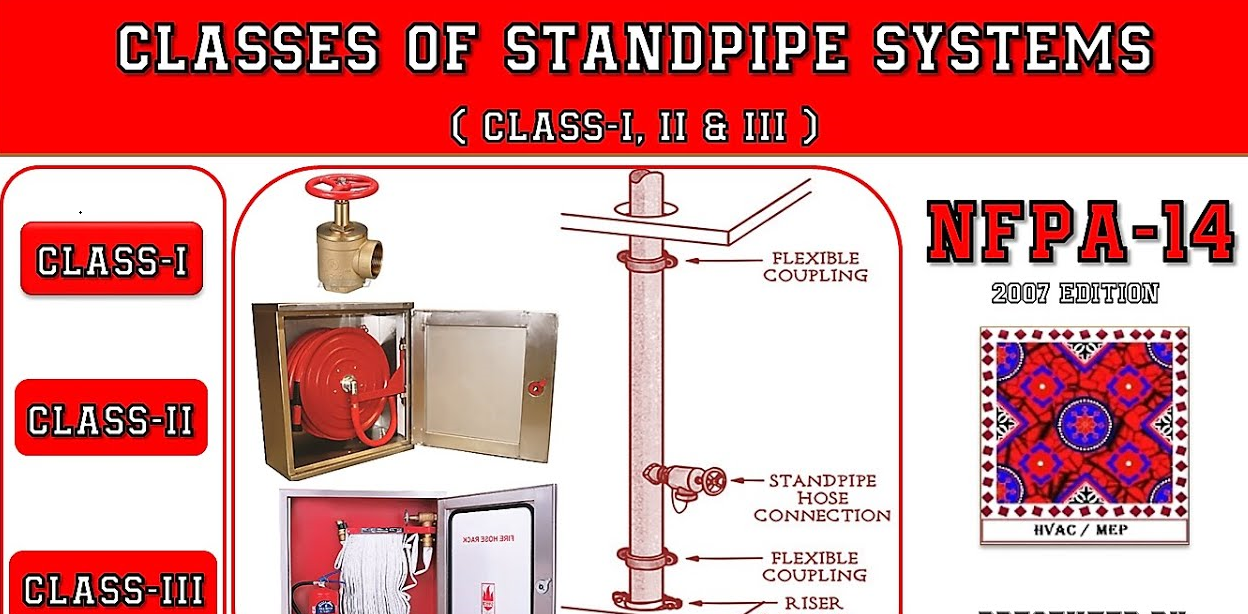







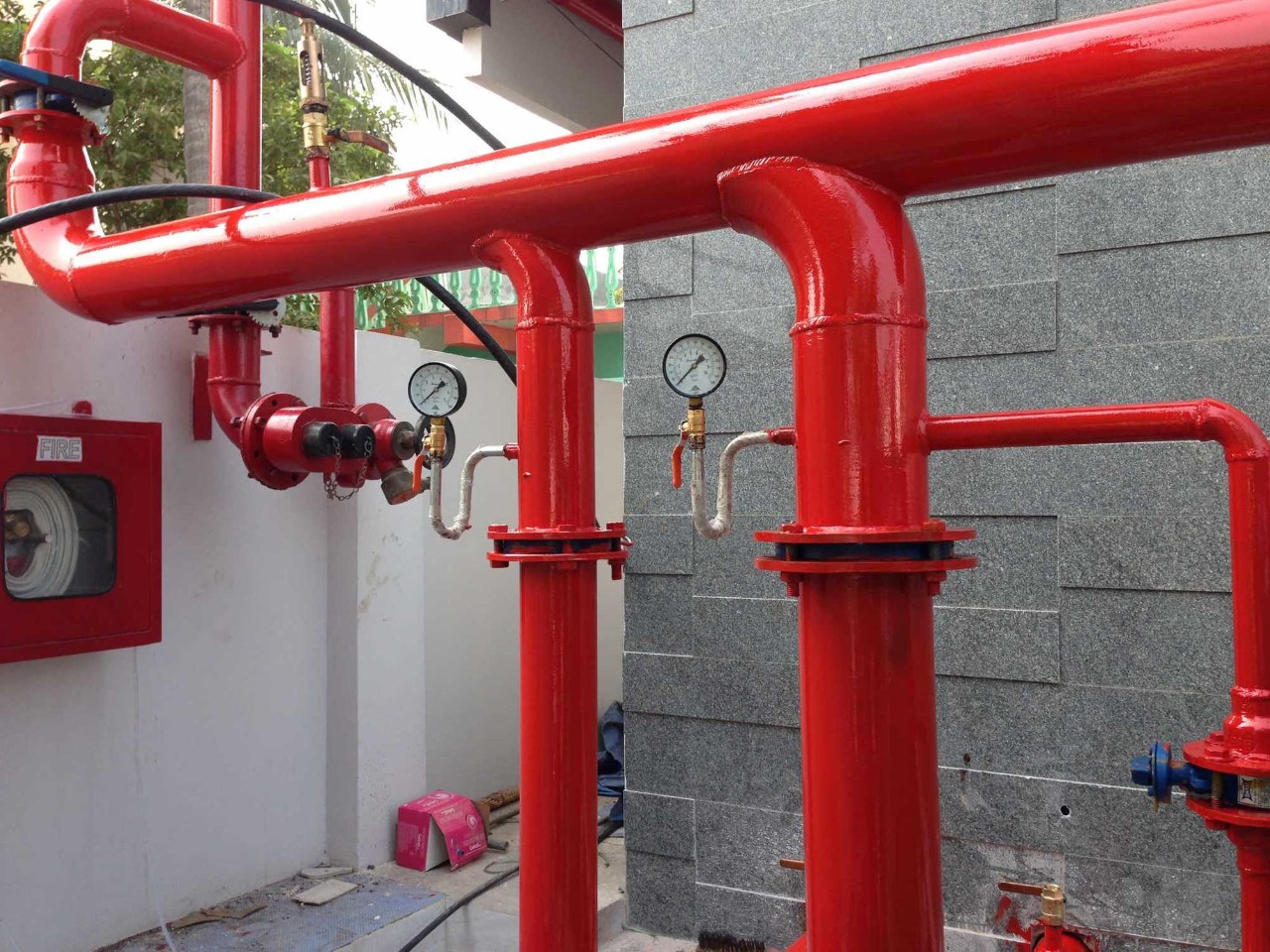


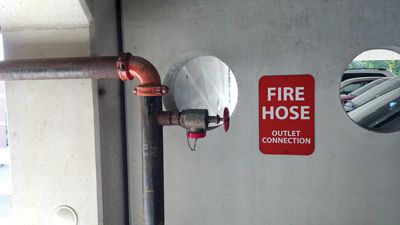



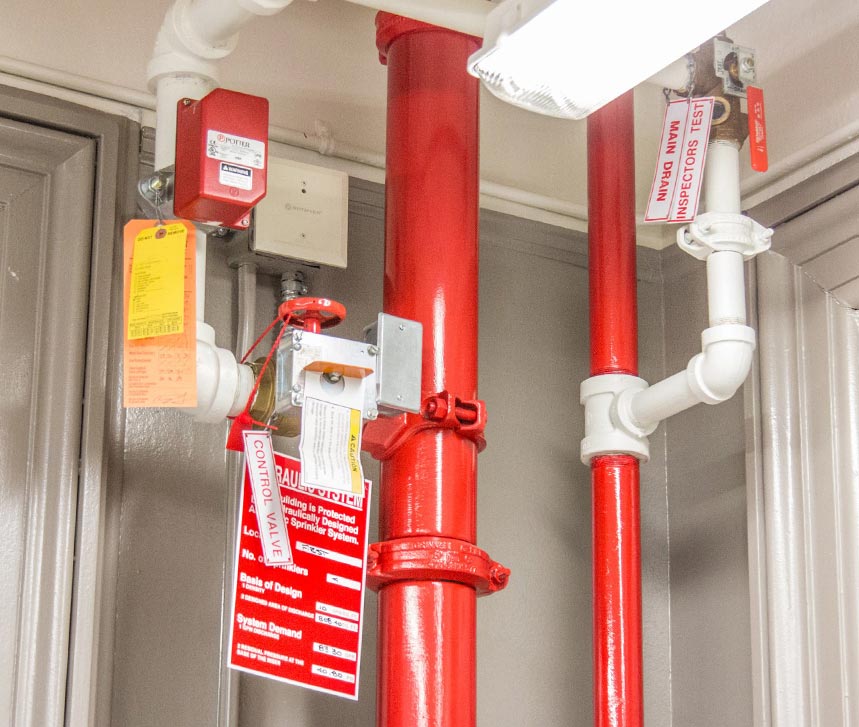


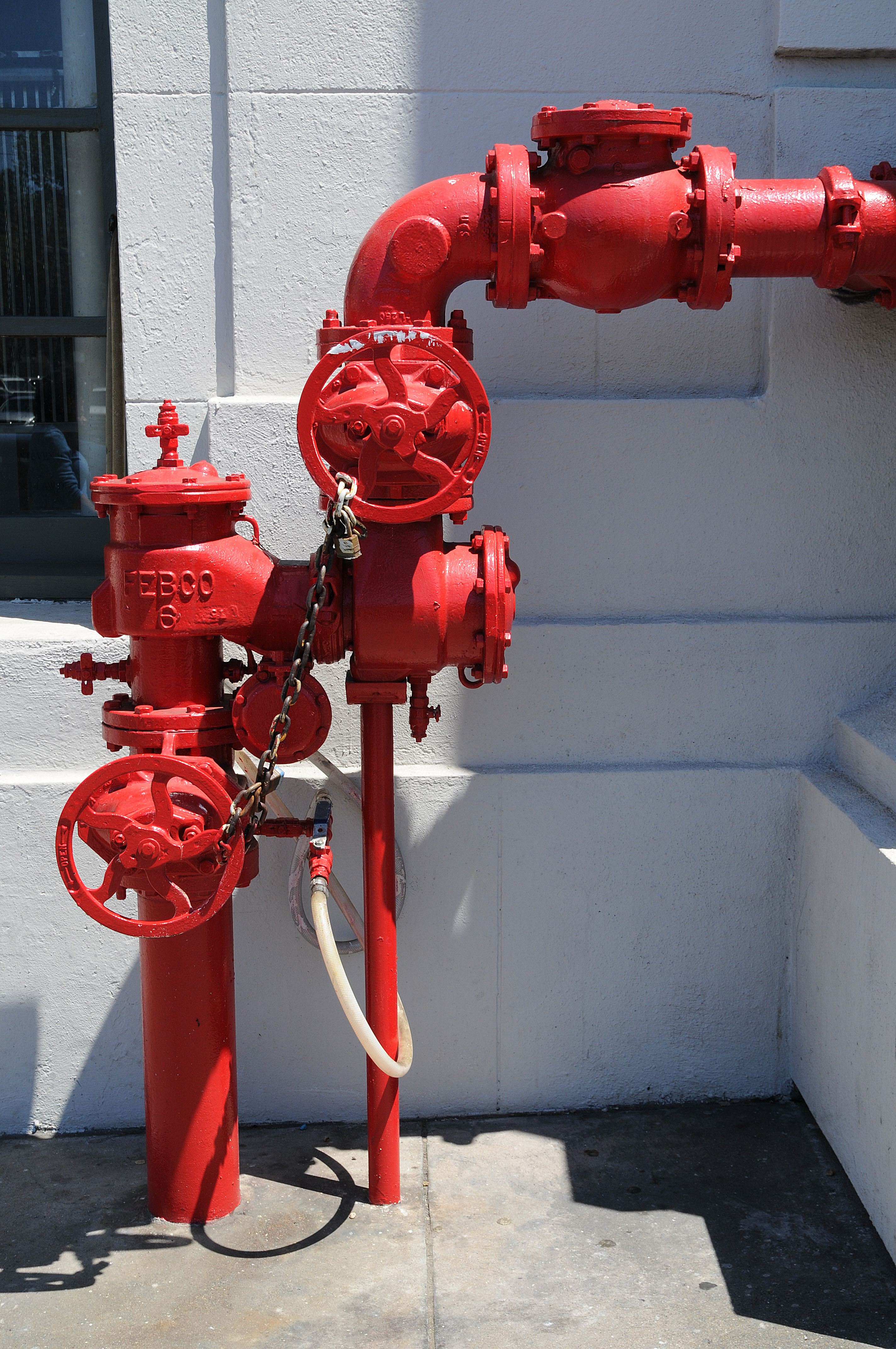





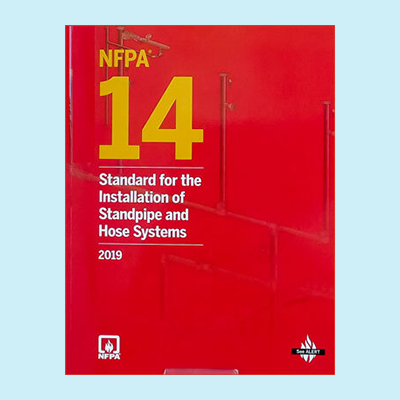
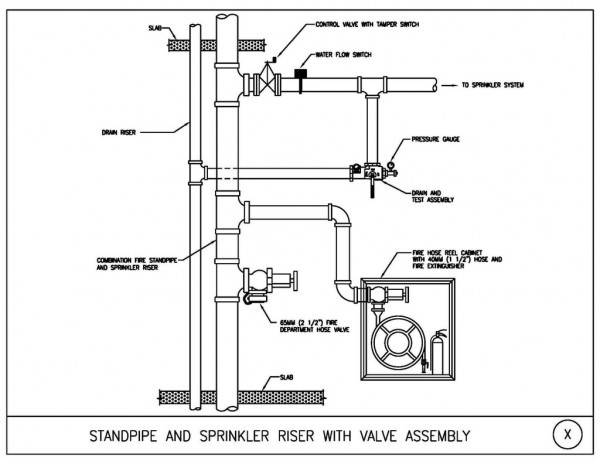



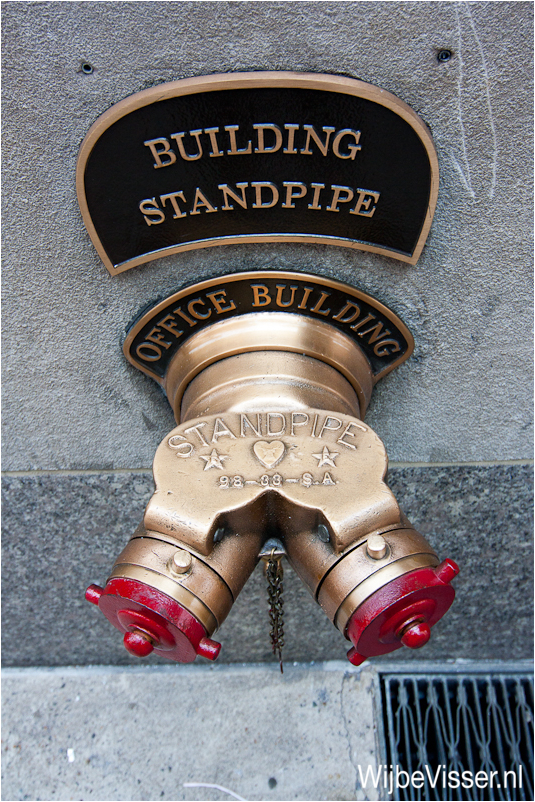


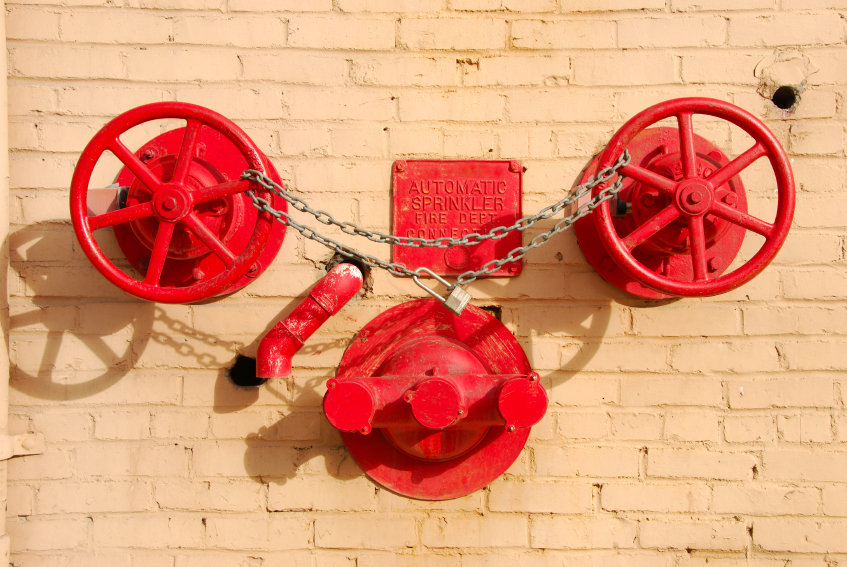
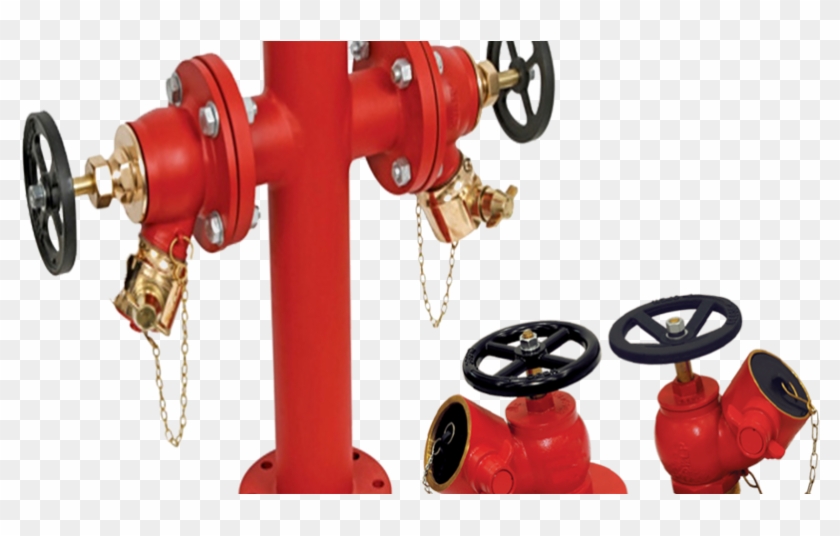

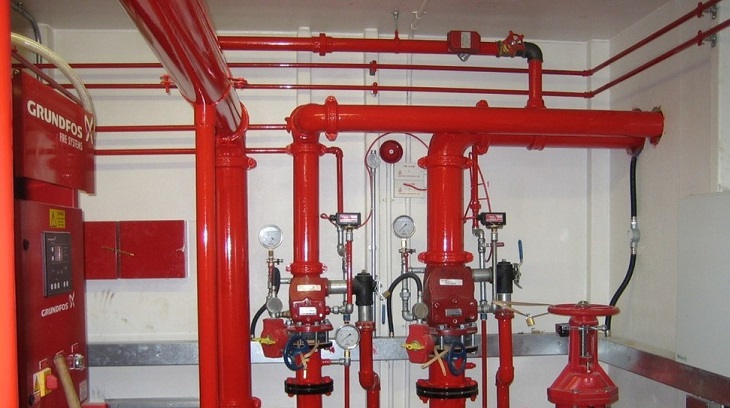


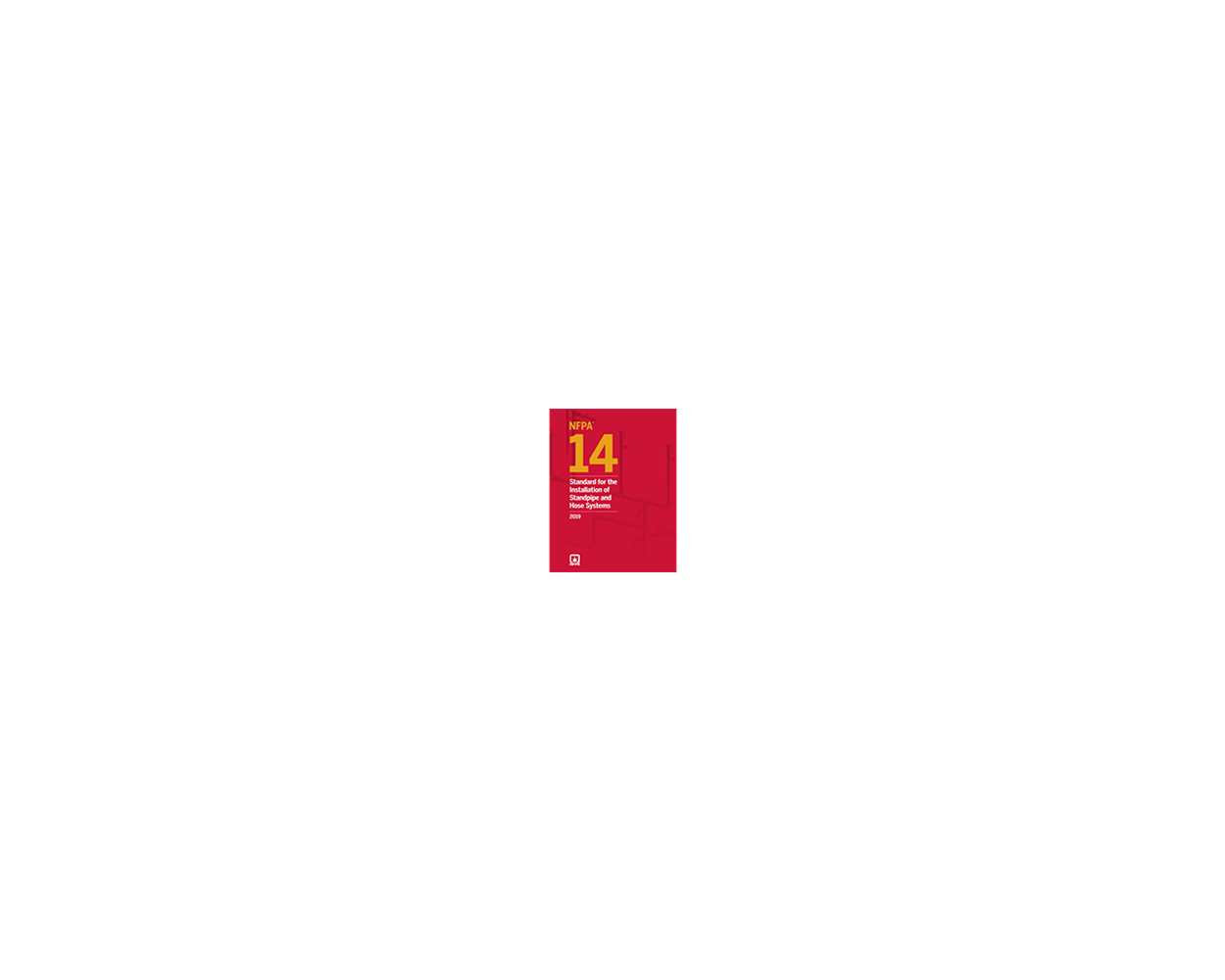
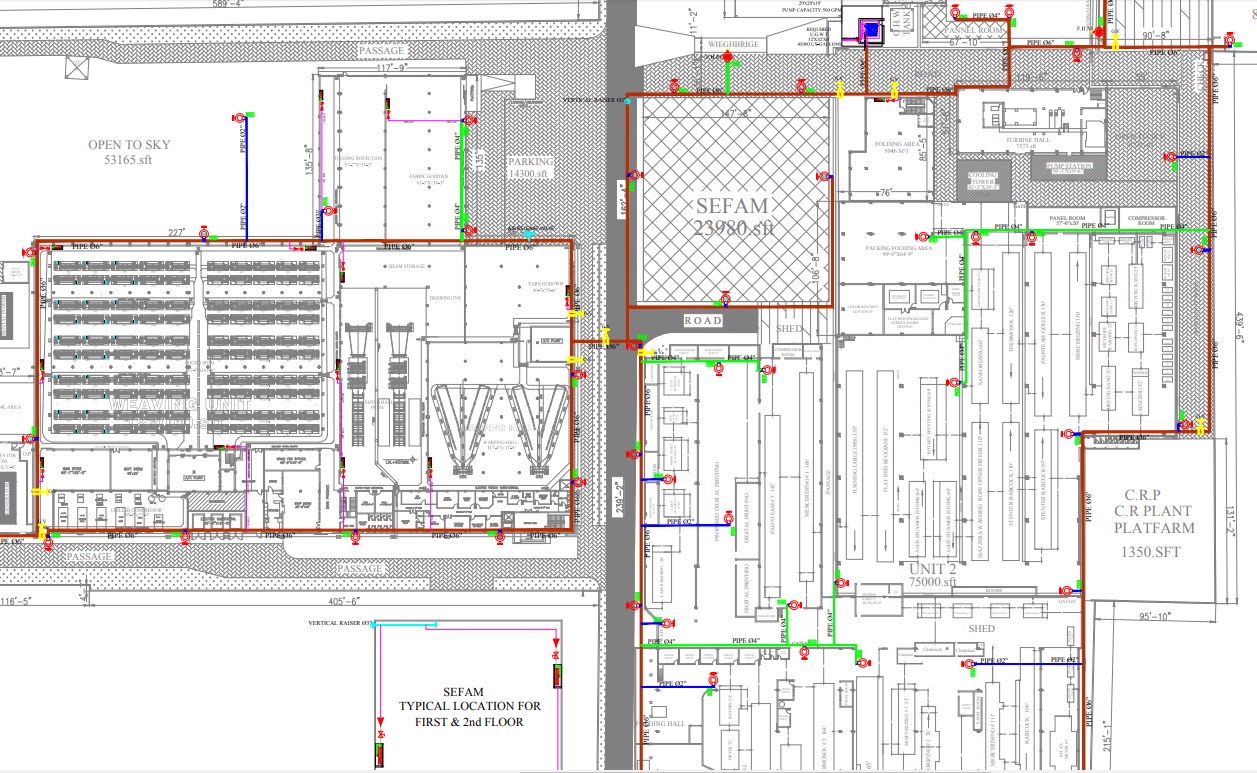


Post a Comment for "Standpipe And Hose System"